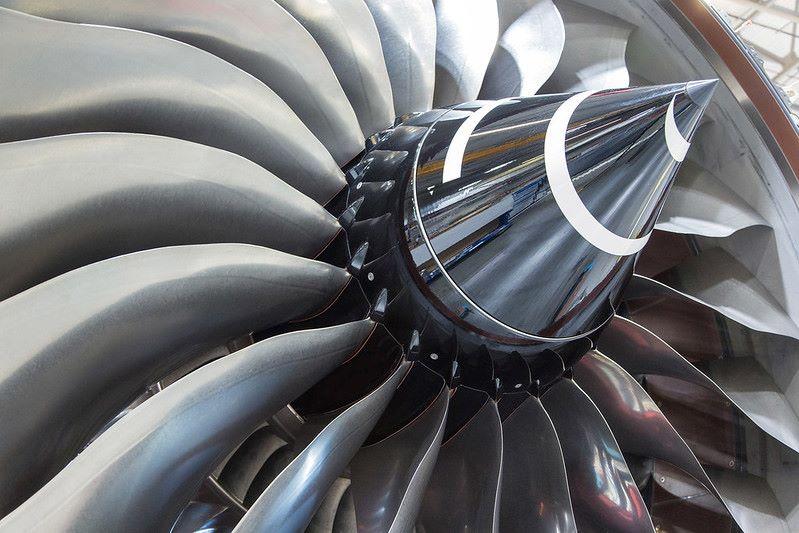
Credit: Rolls-Royce
A European Union Aviation Safety Agency (EASA) order flags Rolls-Royce Trent 1000 turbine blades for targeted inspections to flag a flaw that could lead to engine failures. The Aug. 22 airworthiness directive (AD) requires low pressure turbine (LPT) stage 1 blade assemblies—a pair of blades welded...
Subscription Required
This content requires a subscription to one of the Aviation Week Intelligence Network (AWIN) bundles.
Schedule a demo today to find out how you can access this content and similar content related to your area of the global aviation industry.
Already an AWIN subscriber? Login
Did you know? Aviation Week has won top honors multiple times in the Jesse H. Neal National Business Journalism Awards, the business-to-business media equivalent of the Pulitzer Prizes.





